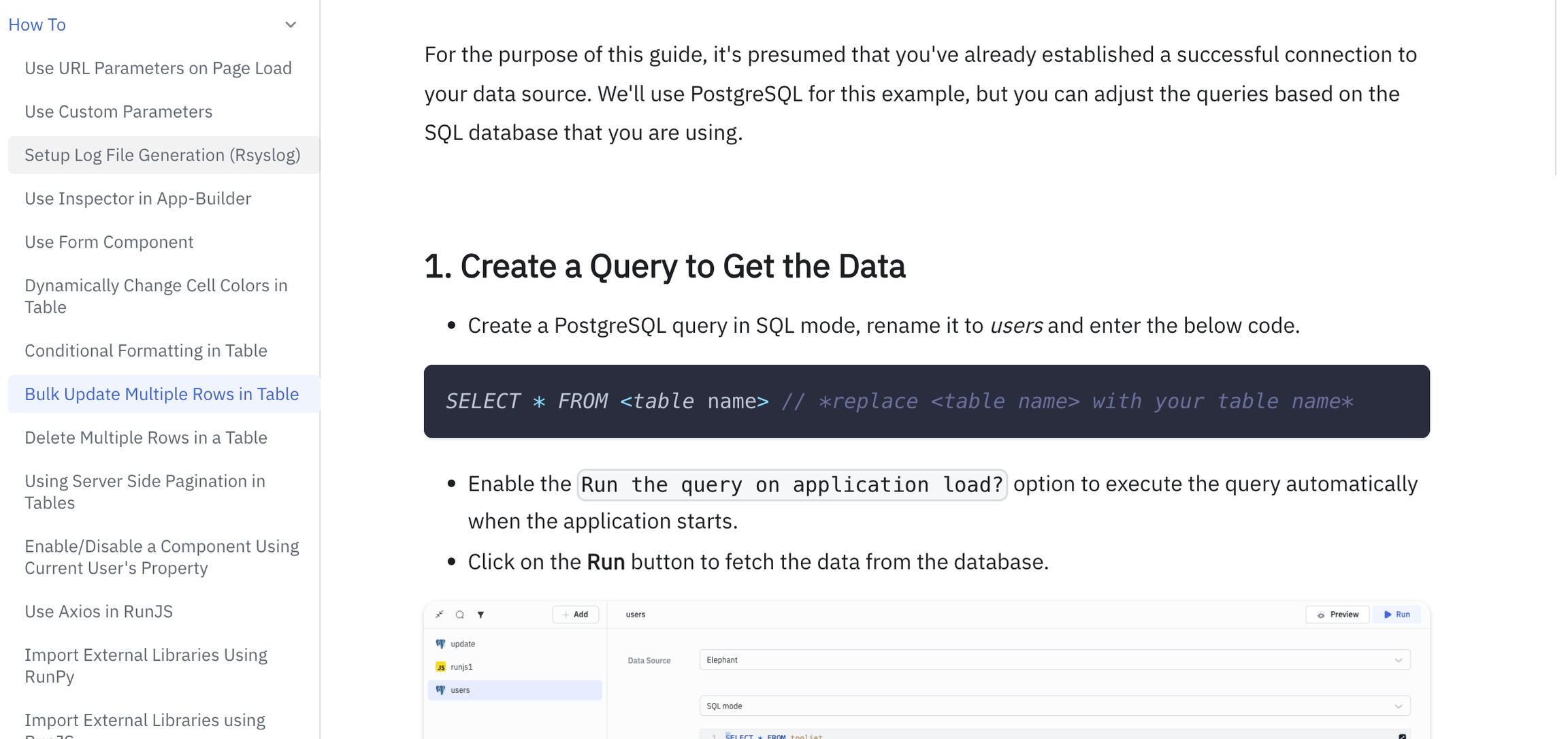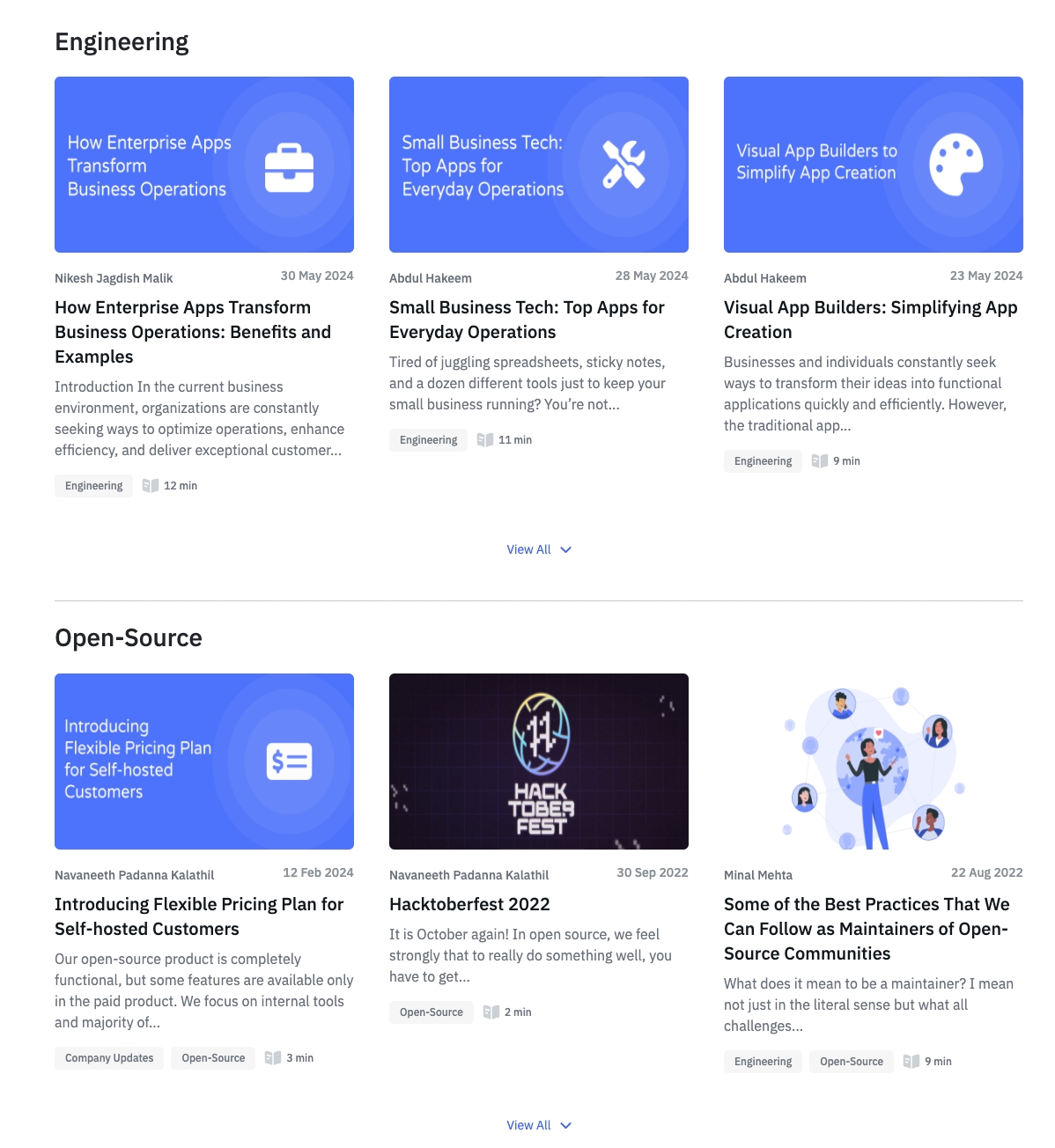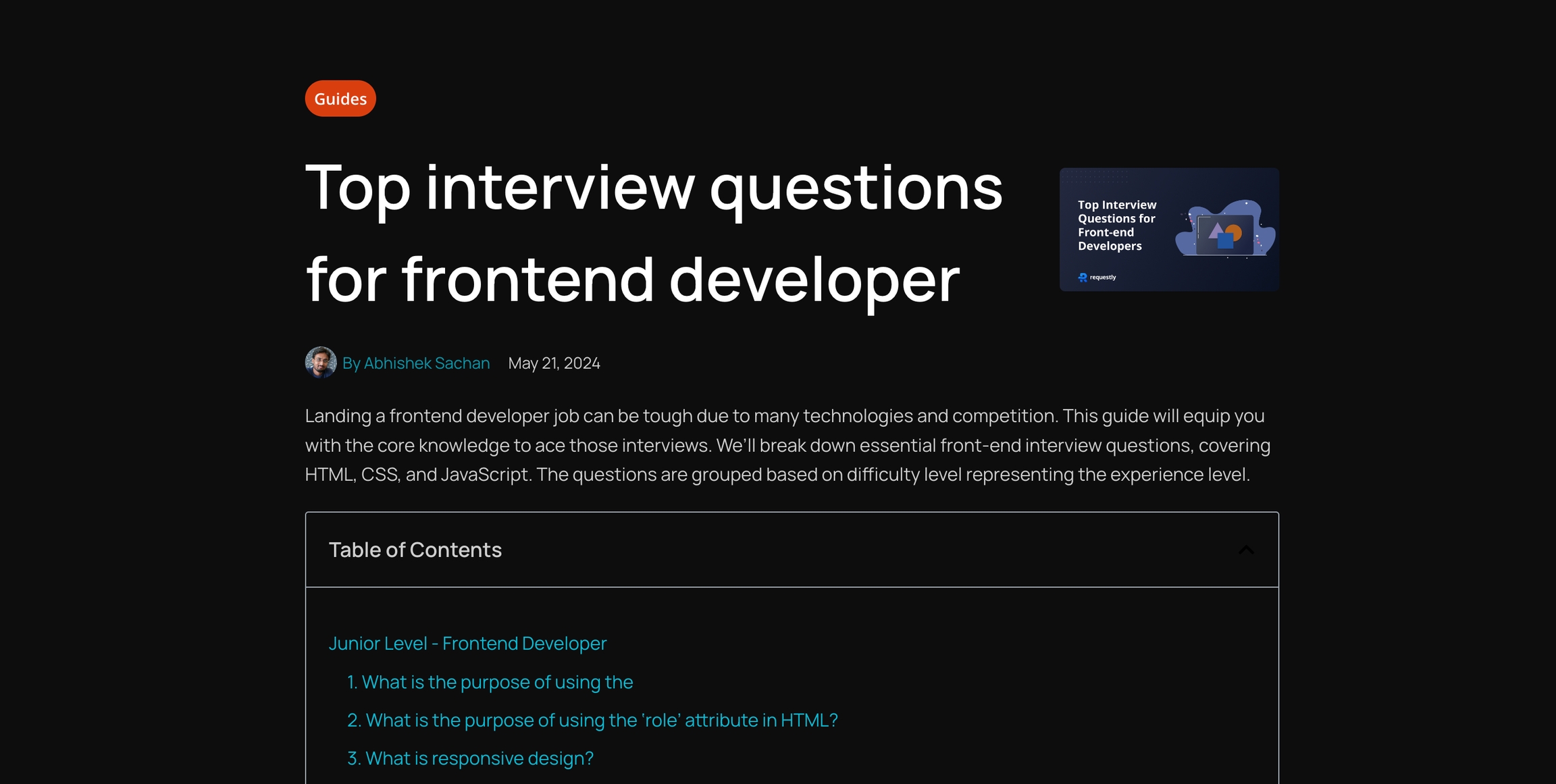📂Content Strategy
Do you have any questions, need personalized guidance, or want to share your journey in this playbook? We'd love to talk to you. Reach out to us.
Ask yourself ‘is this content genuinely useful to a developer?’
If you wouldn’t be proud to share the content on your personal site, you shouldn’t publish it.
The Goals for Developer marketing
Understand Your Audience: Identify the developers and companies you want to target with your product, and gain insights into their needs and preferences.
Define Core Benefits: Determine the primary benefits that developers can derive from using your product, emphasizing how it solves their pain points and improves their workflows.
Position and Communicate: Establish a clear positioning for your product, whether it's a tool, platform, database, API, or other solution. Develop effective messaging to communicate its value proposition to developers.
Increase Awareness: Raise awareness among developers about your product and the specific problem it addresses, highlighting its unique selling points.
Demonstrate Solution: Show developers how your product effectively solves their problem, demonstrating its functionality and benefits through use cases and examples.
Differentiate from Competitors: Clearly articulate how your product differs from other solutions in the market, including DIY alternatives, emphasizing its unique features and advantages.
Increase Adoption: Make it easy for developers to try, purchase, and implement your product within their organizations, reducing barriers to entry and simplifying the onboarding process.
Provide Ongoing Support: After developers have started using your product, continue to communicate updates and improvements to enhance their success and satisfaction.
Showcase Success Stories: Share stories of successful customers who have benefited from your product, leveraging their experiences to build credibility and attract new users.
TL;DR - Marketing (to developers) should be about creating useful content
Your content strategy should revolve around creating content that provides real value to developers, positioning your company as a thought leader and driving leads in the process. Unique industry insights and data points can be particularly effective in achieving this goal.
During the exploration phase, your content should aim to convince developers why your solution is the best fit for their needs, outperforming existing alternatives, and seamlessly integrating with their current tech stack.
When targeting developers, it's crucial to design a landing page that optimizes for:
Compatibility Markers: Developers often inquire about a product's compatibility with their programming languages, frameworks, and implementation speed. SDKs, samples, and recognizable logos serve as social proof, reassuring developers that they can use the product effectively.
Quickstart Guides and API Docs: Once developers understand the product's differentiation and compatibility, they seek quickstart guides and API documentation to determine if it's worth exploring further. Ensure easy access to these resources through main navigation, CTAs, and the footer, with a focus on intuitive UX/UI design. Invest in comprehensive documentation, including robust indexing, clear outlines, and efficient search functionality, along with rich templates and community features like peer reviews and user-generated FAQs.
Example: Dhiwise
Dhiwise has hundreds of blogs focused just on their persona's problems and educating them on various technologies. The amazing part is that all the content is written by their developers - who can actually "speak the language".

Vishal, the co-founder, emphasizes the significance of creating a product that speaks for itself.
"Our focus has always been on building a product that solves real problems for our users," he explains. This approach has allowed Dhiwise to organically attract and retain users, driving sustainable growth.
Inbound Content Engine: Crafting Compelling Narratives
Central to Dhiwise's growth strategy is its inbound content engine. Vishal and his team understand the importance of crafting compelling narratives that resonate with their technical audience.
“Our engineering team plays a pivotal role in content creation. Their firsthand knowledge allows us to deliver practical and insightful content that resonates with our audience,”
"We believe in the power of storytelling," Vishal says. "Our content is not just about promoting our product; it's about providing value to our users." From tutorials to case studies, their content aims to educate, inspire, and engage developers worldwide.
To date, Dhiwise has over 500 blog posts, tutorials, and technical guides, covering a myriad of topics ranging from frontend development best practices to advanced data visualization techniques.
SEO: Driving Organic Growth
Dhiwise leverages the power of SEO to drive organic growth. Rather than chasing after high-volume keywords, they adopt a strategic approach.
"We focus on niche, high-intent keywords," Vishal explains.
“SEO has been a game-changer for us. By focusing on niche keywords like 'Figma to Flutter,' we've attracted a highly engaged audience actively seeking solutions aligned with our offerings”

This deliberate strategy has proven instrumental in attracting a highly engaged audience actively seeking solutions aligned with Dhiwise's offerings.
Dhiwise's website traffic conversions are one of the highest - in double digits. He highlights their premium-to-paid user ratio, standing at 2%, with top companies achieving up to 7%. Additionally, Vishal discusses their user demographics, revealing that about 40% of their paid users are from the US.
Example: Tooljet
Tooljet regularly publishes tutorials and how-to guides that walk users through specific features and use cases. These guides are designed to be practical and user-friendly, helping developers to quickly get up to speed with the tool and implement it in their projects.
"Our tutorials and how-to guides are designed to be practical and easy to follow. We want to ensure that users can quickly grasp the functionalities and start building with Tooljet." - Navaneeth (Founder)

Engaging Blog Posts and Articles
In addition to technical documentation and tutorials, Tooljet's content strategy includes regular blog posts and articles. These cover a wide range of topics, from product updates and feature releases to industry insights and best practices. The goal is to keep the community informed and engaged with relevant and interesting content.
"Our blog posts and articles cover a wide range of topics. Keeping our community informed and engaged is crucial, and this content helps us achieve that." - Navaneeth (Founder)

Amazing idea: Inviting community members to write Tooljet's blogs
Tooljet encourages its community members to contribute to the content ecosystem. By inviting users to share their own experiences, tips, and tutorials, Tooljet enriches its content library and fosters a sense of ownership and collaboration within the community.
"We invite our community members to share their own experiences and tips. This not only enriches our content library but also strengthens the sense of community and collaboration." - Navaneeth
Hiring Technical Writers is still a challenge in India
One of the challenges Navaneeth faced was hiring skilled technical writers who could effectively communicate complex technical concepts. Despite this challenge, the team prioritized finding writers who could produce high-quality content that resonates with developers.
"Finding skilled technical writers is challenging, but it's essential to create quality content that resonates with developers. We’ve made it a priority to bring on writers who understand our audience." - Navaneeth
Example: Requestly
For Requestly, 60-70% of users come via referrals, showcasing their effective strategy of adding value for front-end developers. An article like "Top Interview Questions for Frontend Developers" has performed particularly well, illustrating the power of targeted, valuable content in attracting and retaining users.

Example: Lambdatest
Lambdatest also invests significantly in content creation, with a dedicated team producing around 200-300 blogs per month. These blogs range from tutorials for beginners to thought leadership pieces and best practices for mid-level and top-funnel individuals.
check it out here - https://www.lambdatest.com/blog/
Was this helpful?